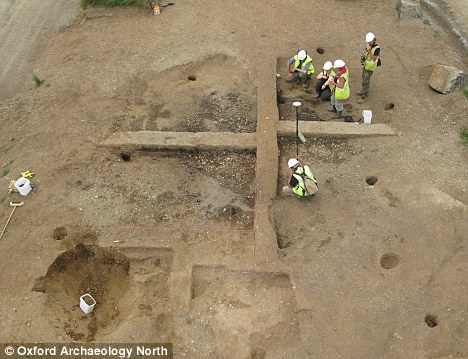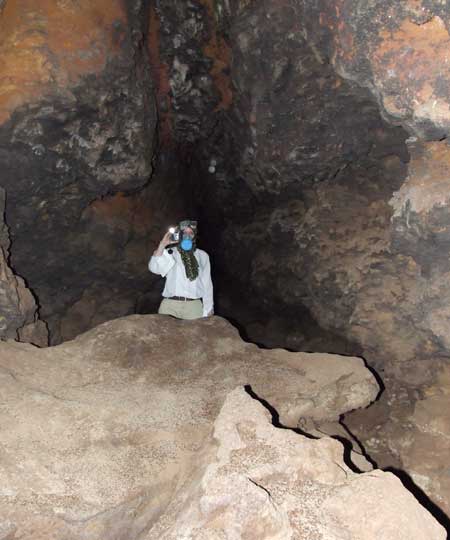Built 3,000 years before the miracle of Stonehenge, this is Britain's oldest and best preserved house.
The remains of the strongly built shelter, discovered on the Isle of Man, provide a rare window into the domestic life of hunter-gatherers 9,000 years ago.
Unearthed by accident during extension work to the island's airport runway, the 23ft wide pit is giving up extraordinary archaeological secrets.
Most exciting is the revelation that the people of the mesolithic age, long regarded as nomads who wandered ancient Britain in search of food, were actually very good at settling down.

© Oxford Archaeology NorthExcavation nears completion of the Mesolithic house, defined by a ring of holes which once contained wooden posts

